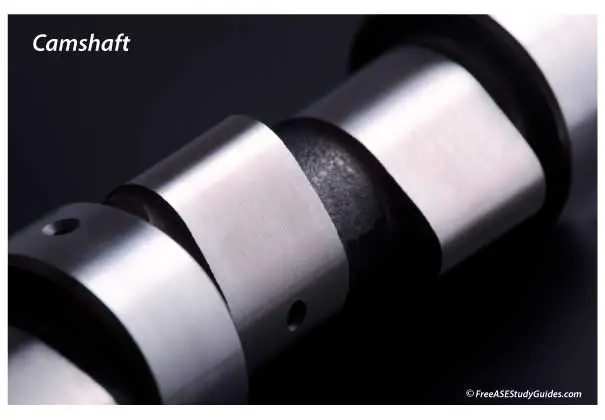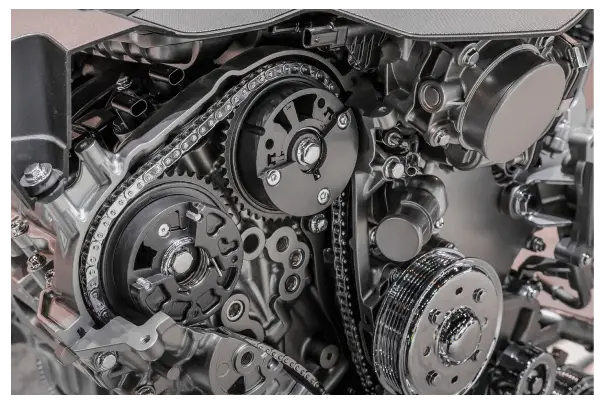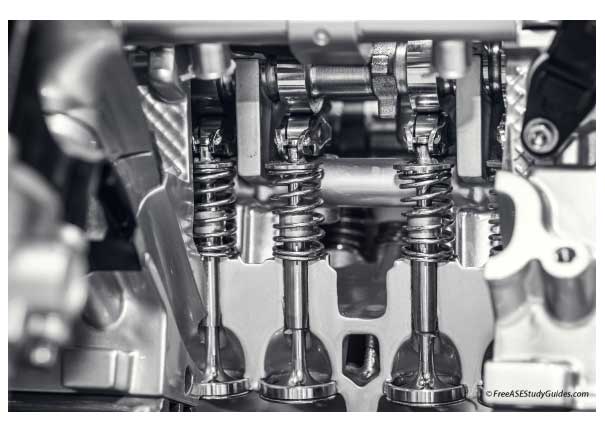Camshaft Duration, Lift, and Overlap

Inspect the camshaft for straightness, scoring, and galling before taking camshaft lobe measurements. As camshaft lobes wear, they begin to affect valve timing and operation.

Camshaft duration, lift, and overlap are factors that contribute to valve timing and, ultimately, engine performance. Take valve clearance measurements with the intake and exhaust valves closed with the cam contacting the lifter at the base or bottom of the camshaft lobe.

Duration: Duration refers to time; how long the valve stays open and measured in degrees of crankshaft rotation. When out of specifications, the valve opens and closes at the wrong time. This results in a loss of engine performance.
Lift: Camshaft lift refers to how far the camshaft's lobe lifts the valve off the valve seat and into the cylinder. If the valve doesn't open far enough into the cylinder, there's a restriction in the air/fuel charge resulting in poor engine performance. It can be measured with a dial indicator placed on the valve's tip or an outside micrometer.
Measure from the nose to the heel of the cam lobe with an outside micrometer, and then deduct the base circle. This results in an accurate measurement of the cam lobe lift.
Overlap

As the engine cycles, there’s a time when the intake and exhaust valves remain open at the same time. This is a good thing and known as valve overlap. It's an important function in valve timing, because the exhaust gases flowing through the exhaust valve and manifold help draw a fresh charge through the intake valve and into the combustion chamber.